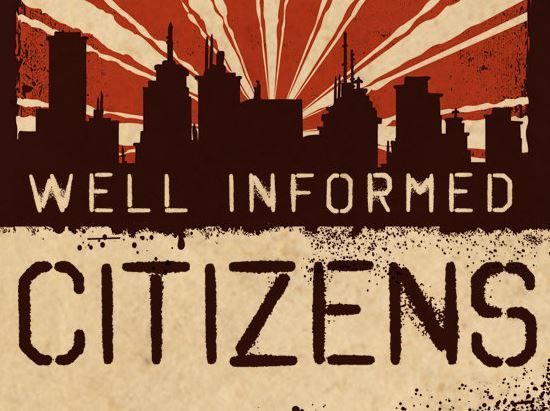The writing strategy Claim-Evidence-Reasoning (CER), aligns with at least one education goal – creating informed citizens. Beyond school, students require the skills and knowledge to develop informed views on various issues (e.g., economic policy, global warming, globalization, etc.). Workplace success often includes effective communication, critical thinking, planning, and creativity. Engaging in the CER strategy, students are provided with an opportunity to learn and practice these essential skills for workplace success and become informed citizens.

CER is utilized quite often in my internship. Many students have heard of the strategy and had some practice with it before taking biology. In a recent class, it appeared as though most students required a refresher on utilizing the CER strategy. Therefore, a warmup activity was created to assess prior knowledge regarding this process while also providing students with an opportunity to practice using it in a supported way. Students were asked to complete this CER Graphic Organizer as they watched the following commercial:
Before they watched the commercial, they were prompted with the following question – What happened to the cat? Students were asked to develop a claim to answer the question, provide a specific observation or other data from the video that supported the claim (evidence), and explain how this observation/data supports their claim (reasoning). They worked on the graphic organizer independently, and then we spent time discussing this as a whole class.
Overall, I feel the students enjoyed the activity as the commercial was comical for some and did not directly relate to the content we discussed in class. A variety of students participated in the whole class discussion who typically might not engage. A consensus was reached for a claim – the dog killed the cat. Students did an adequate job providing direct evidence from the video. Where many students struggled was with the reasoning.
The pros of the activity were that it seemed as though the students found the commercial interesting, as demonstrated by their participation, and were provided with an opportunity to engage in the CER strategy in a non-content context. The cons were that not all students participated either in the whole class discussion or by handing in the graphic organizer.
Students were assessed during the whole class discussion and on their responses in the graphic organizer. The whole class discussion provided me with a sense that the students needed more practice with the reasoning portion. This information was useful as it was used to modify the lesson at the moment. The individual graphic organizers were not reviewed until a break or after class but provided some confirmation that students were not grasping the reasoning component. Additionally, the exit ticket included a content question where students were asked to use the CER strategy.
